Figures often beguile me, particularly when I have the arranging of them myself; in which case the rework attributed to Disraeli would often apply with justice and force: “there are three kinds of lies: lies, damn lies, and statistics.
—Mark Twain
Mark Twain’s and Disraeli’s observations on data and statistics are interesting and often true. Yet, on the other hand, we also often hear “the numbers never lie” or “you can’t argue with the data.” We at Meitler have learned, however, that when it comes to planning, we have to give data its due.
As a planning firm whose hallmark is effective data research and analysis, we tell our clients that data and numbers don’t solve a problem, but rather, help us ask the right questions to approach a problem and break it down into solvable parts. What are the issues or challenges that caused the problem and that we need to address? What kind of data and information will we need? Once we get the right data, how do we set it up so it is coherent and makes sense? And then we can begin to analyze the numbers: what does the data mean for us, what are the historical trends and how do they influence future projections and what potential impact might those projections have on our future as a diocese, school or parish community.
Think of data as an “early warning system” when planning. It helps dioceses, schools and parishes to understand trends in a very concrete and quantifiable way. Relevant information provides the groundwork that elicits questions and brainstorming as to what the numbers and data mean for my school or my parish at this moment in time. Appropriate data should inspire us to conduct more research into what is working for us, what isn’t and what steps we may need to take to adapt, change, and proactively shape our future rather than simply react.
Data to be researched, collected and analyzed need to be from internal and external sources and be quantitative and qualitative. Internal quantitative information for schools and parishes include Catholic demographics, enrollment and membership trend data, staffing, and financial data. External quantitative information would focus on community demographics and socio-economic trends and projections. Qualitative data for schools and parishes focus on the experience and culture of individual schools and parishes, how they live and operate every day and every year. It is the quality of life in a school or parish and the perception of the many constituencies connected to our institutions that is the source of the qualitative information we need.
Getting the data we need is usually pretty straightforward. The challenge is how to analyze and use it effectively. We can use data in a number of ways as we plan: to identify trends and challenges in our schools and parishes, to help prioritize the challenges and concerns we identified, set goals and objectives around the priorities, and monitor progress toward implementing action plans to achieve our goals.
Data is not an end in itself in planning. It is instead the springboard for dialogue, moving us to raise questions and understand the trends that have brought our school or parish to its present moment. It provides the opportunity to create change, seek a new path or direction for the future, be flexible, adapt and determine our own future. The figures may often beguile us and if we can’t arrange them ourselves to make sense, it is essential to find someone who can make sense of it all.


